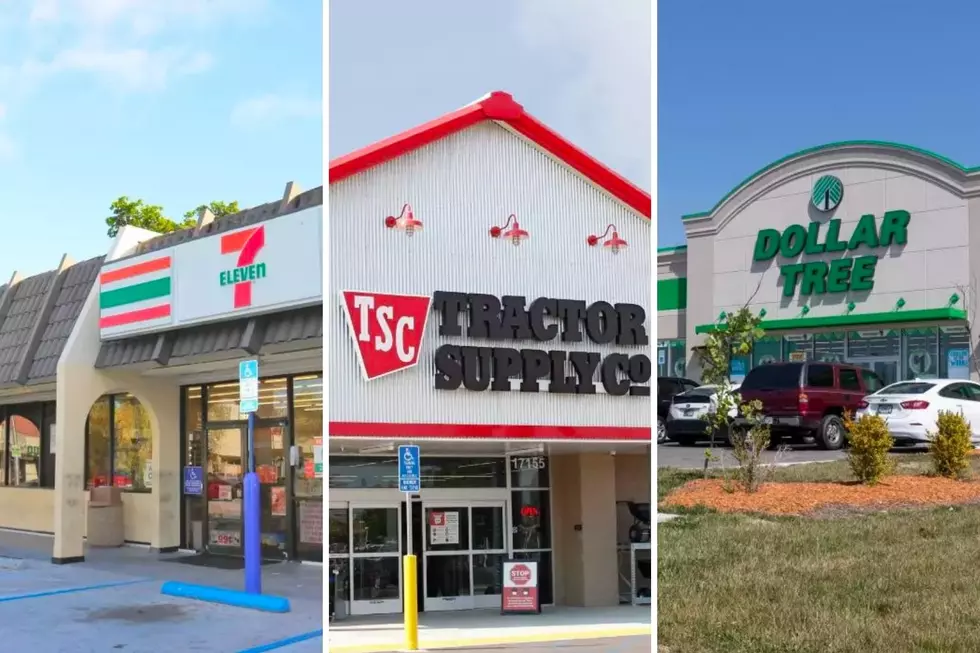
The 50 Biggest Retailers in America
While most of us tend to associate shopping with the modern era (or at least, with the rise of capitalism since the Industrial Revolution) it’s actually much more antiquated than that. According to historians, the first currencies date back to 3000 B.C. and the first markets to 800 B.C., long before private ownership over the means of production was even a thought. And while, sure, those first shoppers weren’t out looking for the hottest new tech accessory or the perfect night out look, these earliest markets—and their individual retailers—are evidence that humans have been at this shopping thing for a long, long time.
In the millennia since those first stalls and stores opened their doors, shopping has obviously changed quite a bit. Gone are the days when buying and selling locally was the default. Today our economies are dominated by a few hundred singular companies that offer the same products to everyone—regardless of location, economic status, or method of payment. Additionally, huge swaths of the population now do some, or all, of their shopping online rather than in person; according to data collected by NPR in 2018, 69% of Americans reported doing a portion of their shopping online.
In light of these monumental changes, Stacker compiled a list of the 50 biggest retailers in the country using retail sales data from Kantar, provided by the National Retail Federation. Each retailer is ranked by its 2021 retail sales (data released July 6, 2022), with the number of U.S. stores serving as a tiebreaker. The U.S. headquarters location is provided, as well.
LOOK: These Are the 50 biggest retailers in America
More From Y-105FM







